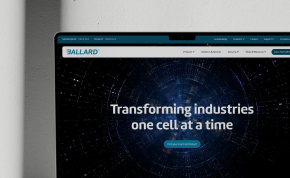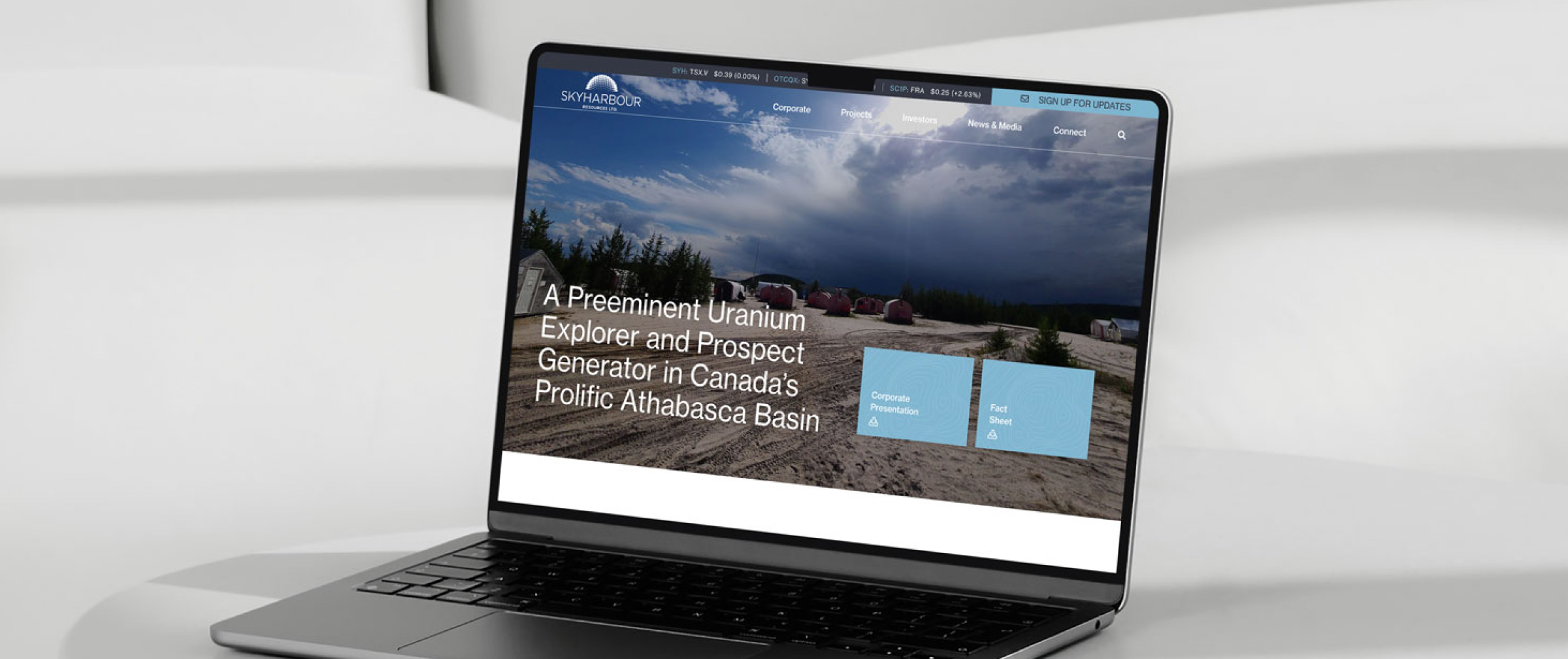Email outreach is among the most powerful tools public companies can use to keep investors engaged. But our team at BLENDER sees too many IR professionals failing to utilize their email lists effectively.
A big part of success in email outreach is proper management of your email list. Effective email list management allows you to collect useful information about your subscribers, empowering you to better understand your audience, increase engagement with your email communications, and maintain a clean list of actively interested subscribers.

Verify new contacts
Email list management allows you to easily remove unengaged contacts, but if you have a double confirmation opt-in, it’s more likely that your contacts will be high-quality in the first place.
In the sign-up form, notify the subscriber that they need to verify their email via a confirmation link in their inbox. Ensure that the contact then receives a confirmation including a link that verifies their submission.
In every case, you also want to ensure that your opt-in forms are absolutely transparent about what subscribers are signing up for and gain explicit permission to send marketing emails.
This way, fake emails or typos won’t make it onto your list—and email service providers get a signal that you’re a solid sender, ultimately increasing deliverability.

Welcome new contacts
A user’s interest in and engagement with your public company will likely never be higher than when they first sign up to your list. So send them a welcome email—or a full onboarding welcome sequence that provides various facets of your company’s story—to bring them into the fold.
The typically high engagement rates of welcome emails also increase your sender reputation, again increasing deliverability.

Reach out to unengaged subscribers and remove those who don’t respond
Almost certainly, you have a number of subscribers who haven’t opened one of your company’s emails in 90 days or more.
This may be because they failed to open several emails in a row, and their email service provider started dumping your emails into Spam, or it may be that they’re simply not interested in your company anymore.
You don’t want to leave these unengaged subscribers in your list: email providers pay close attention to how engaged your list is with your emails, and dead leads drag your stats down, reducing your deliverability.
It’s a good idea to have an automated re-engagement email campaign in place to check in with these disengaged contacts and see if you can get them interested again.
If your re-engagement campaigns don’t succeed, it’s a good idea to consider removing the contacts from your list completely.
Of course, every lead counts, but if you’re leaving those contacts who don’t open in your emails, it’s ultimately hurting your deliverability and email performance.
So, either set up an automated workflow that removes contacts after they fail to open your re-engagement email, OR manually remove all contacts after they’re dormant for over 90 days or more.
This step is absolutely essential to maximize your deliverability.

Consider using a sub-domain
Utilizing a dedicated sub-domain for email marketing offers various benefits, including enhanced branding, improved deliverability, and easier tracking and analytics.
By isolating email marketing activities on a sub-domain, you can safeguard your main domain’s reputation and manage email-specific functions more effectively. This separation can also aid in complying with regulations and maintaining a professional image.

Use A/B testing to determine what works
The better the stats on the emails you send out (open rate and click-through rate being the two key metrics) the more engaged your list is with your company, AND the better your deliverability will be.
The key to maximizing engagement is providing content that your audience will actually care about, and sending it out using A/B testing.
During A/B testing, you create two different versions of an email and compare the results on each to see which performed better. Here are a few variables to test:
- Subject lines
- Headers
- Email length
- Email content
- Email layout
Testing allows you to zero in on what really works for your audience, improving both deliverability and engagement over time. It empowers you to optimize your emails, getting the most out of all the effort you’re putting into them.
Emails are a powerful, underutilized tool among public companies, which gives those that use them effectively an edge of their competition. If you’re interested in giving your email efforts a serious boost, reach out to BLENDER and we can help you create a tailored campaign that gets genuine results.


